As a pet owner, ensuring the safety of your small pet is of utmost importance. Small animals like gerbils, rabbits, and guinea pigs require special handling techniques to protect their well-being during playtime and everyday interactions. By following a few simple guidelines, you can create a safe and comfortable environment for your furry friend.
Key Takeaways:
- Handle your small pet gently and regularly to build trust and familiarity.
- Understand their natural instincts and provide playtime during their preferred active hours.
- Avoid exposing your pet to direct sunlight, drafts, and harmful materials like wood shavings.
- Keep your small pet separate from larger animals to prevent accidents or injuries.
- Practice proper hand washing before and after play sessions to prevent the spread of disease.
The Do’s of Handling Small Pets
When it comes to handling small pets, there are several important do’s that every pet owner should follow. By following these guidelines, you can ensure the safety and well-being of your furry friend.
Handle your pet gently and regularly:
It is crucial to handle your small pet gently and regularly to build trust and familiarity. This helps your pet become comfortable with your touch and minimizes the risk of fear or aggression. Regular handling also allows you to check for any signs of illness or injury.
Understand their natural instincts:
Each small pet has unique instincts and behaviors that you should be aware of. For example, nocturnal animals like hamsters and hedgehogs are more active in the evening or at night. Recognizing these natural behaviors will help you schedule playtime and interactions when your pet is most active and receptive.
Keep your small pet separate from larger animals:
It’s important to keep your small pet separate from larger animals, such as cats and dogs, to avoid potential accidents or injuries. Even if your larger pet is friendly, their size and energy can be intimidating or harmful to a smaller animal. Provide a safe and secure environment for your small pet where they can explore and play without the risk of being chased or pounced on.
Practice proper hand hygiene:
Before and after handling your small pet, it is crucial to wash your hands thoroughly with soap and water. This helps prevent the spread of germs and reduces the risk of transmitting any diseases between you and your pet. By practicing good hygiene, you protect both your pet’s health and your own.
By following these do’s, you can ensure that your small pet feels safe, loved, and happy in your care. Now let’s explore the don’ts of handling small pets to further enhance their well-being.
| Do’s of Handling Small Pets | Summary |
|---|---|
| Handle your pet gently and regularly | Build trust and familiarity, check for signs of illness or injury |
| Understand their natural instincts | Schedule playtime when they are most active and receptive |
| Keep your small pet separate from larger animals | Avoid potential accidents or injuries |
| Practice proper hand hygiene | Prevent the spread of germs and disease |
The Don’ts of Handling Small Pets
When it comes to handling small pets, there are certain don’ts that should be avoided to ensure their safety and well-being. By being aware of these don’ts, you can create a secure environment for your furry friend. Here are some important things to avoid:
1. Avoid Placing their Cage in Direct Sunlight or Exposing them to Drafts
Small pets are sensitive to temperature extremes, and direct sunlight or drafts can have adverse effects on their health. It’s important to place their cage in a well-ventilated area away from direct sunlight and drafts to maintain a comfortable environment for them.
2. Don’t Feed them Sharp Food Items or Wood Shavings
Feeding small pets sharp food items or wood shavings can lead to serious injuries, including cuts or punctures in their mouths or digestive system. It’s crucial to provide them with safe and suitable food options, such as specially formulated pellets or fresh vegetables, to ensure their nutrition and prevent any harm.
3. Don’t Underestimate their Climbing Abilities
Small pets like gerbils and hamsters are natural climbers and can easily escape or fall from elevated surfaces. It’s essential to provide them with safe play areas that are escape-proof and have appropriate barriers to prevent any accidents. Regularly check the play area for any potential escape routes or hazards.
4. Don’t Give them Any Wood that is Not Specifically Designed for Small Animals
Some types of wood may contain toxic chemicals or pesticides that can be harmful to small pets. Only provide them with wood toys or chew sticks that are specifically designed for small animals and are safe for them to chew on. This will help avoid any potential health issues.
5. Never Leave Incompatible Small Animals Together
It’s important to understand the compatibility of different small animals before leaving them together. Some species may exhibit territorial or aggressive behavior, which can lead to injuries or even death. Always separate incompatible small animals to prevent any harm or stress.
By following these guidelines and avoiding these don’ts, you can create a safe and enjoyable environment for your small pet. Remember, their well-being and safety should always be a priority.
Pet Safety Measures at Home
Keeping your small pet safe and secure at home requires taking certain precautions to ensure their well-being. By pet-proofing your house and utilizing technology, you can create a safe environment that protects your furry friend from potential hazards.
Pet-Proofing Your Home:
One of the first steps in ensuring pet safety at home is to pet-proof your living space. Take the following measures:
- Cover trash cans to prevent your pet from accessing potentially harmful substances.
- Keep heating and air vents securely covered to avoid any accidents.
- Close toilet lids to prevent your pet from falling in or drinking harmful chemicals.
- Remove choking hazards such as small objects or loose wires that your pet may try to chew on.
- Lock up household chemicals and medications in cabinets or drawers that are out of your pet’s reach.
- Confine your pet in a safe and comfortable space when you’re not at home to prevent accidents or injuries.
Precautions in the Yard:
When it comes to pet safety in the yard, extra precautions should be taken to ensure a secure environment. Consider the following:
- Secure fences to prevent your pet from escaping or encountering potential dangers outside.
- Remove any potential hazards in the yard, such as toxic plants, sharp objects, or harmful chemicals.
- Provide ample water and shade to protect your pet from dehydration and heat-related illnesses.
Utilizing Technology:
Advancements in technology can play a significant role in enhancing pet safety at home. Consider the following options:
| Technology | Benefits |
|---|---|
| Home Security Systems | Monitor your home remotely and receive alerts if there are any detected disturbances or breaches. |
| Video Surveillance | Keep an eye on your pet’s activities and well-being while you’re away from home. |
| Smartphone Apps | Access real-time information about your pet’s safety and make adjustments to their environment, such as adjusting temperature settings or checking food and water levels. |
By implementing these pet safety measures at home, you can provide your small pet with a secure and comfortable living environment. Remember to regularly inspect your pet’s surroundings for any potential hazards and make necessary adjustments to ensure their continued safety and well-being.
Pet Safety Measures in the Car
Ensuring the safety of your pet in the car is crucial. Whether you’re going on a short trip to the vet or embarking on a longer journey, taking precautions will help protect your furry friend and provide you with peace of mind.
One important measure to take is to keep your pet separate from you while driving. This helps avoid distractions and ensures that you can focus on the road. Consider using a pet restraint or a crate to secure your pet in the car. These provide protection in case of an accident and prevent your pet from roaming around freely, which could potentially lead to injuries.
Planning stops on longer road trips is essential to allow for bathroom breaks and exercise. Just like humans, pets need regular breaks to stretch their legs, relieve themselves, and stay comfortable during the journey. Find safe and secure areas where your pet can get some fresh air, exercise, and hydration.
Remember, never leave your pet alone in a parked car, especially in warm weather. Cars can heat up quickly, even with the windows slightly open, leading to severe heatstroke or even death. Always prioritize your pet’s safety and well-being.
Incorporating these pet safety measures in the car will ensure that your furry companion remains secure and protected throughout the journey. Whether you’re running errands or going on a road trip, taking the necessary steps to keep your pet safe will make the experience enjoyable for both of you.
Conclusion
Proper handling techniques and implementing pet safety measures are crucial for the well-being of small pets. By following the do’s and don’ts of handling, pet-proofing your home, providing a secure environment, and ensuring safety while traveling, you can create a safe and comfortable environment for your small pet.
When it comes to handling small pets, it is important to handle them gently and regularly to build trust. Understanding their natural instincts and keeping them separate from larger animals are also essential practices. Ensuring proper hand washing before and after play sessions can help prevent the spread of disease.
For pet safety measures at home, pet-proofing your house by covering trash cans, locking up household chemicals, and removing choking hazards is necessary. Confiding your pet when you’re not home and taking extra precautions in the yard are also important steps to ensure their safety.
In the car, it is vital to keep your pet separate from you while driving to eliminate distractions. Using restraints or crates can provide protection in case of an accident. Planning stops on longer road trips to allow for bathroom and exercise breaks is also crucial for your pet’s well-being.
Taking these precautions will help you build a strong and positive relationship with your furry companion, ensuring their safety and happiness. Remember, the safety of your small pet should always be a top priority.
FAQ
What are some important handling techniques for small pets?
It is crucial to handle your pet gently and regularly to build trust and familiarity. Understanding their natural instincts, such as recognizing that nocturnal animals prefer to play in the evening or at night, is also important. Keeping your small pet separate from larger animals like cats and dogs is essential to avoid potential accidents or injuries. Proper hand washing before and after play sessions can help prevent the spread of disease.
What are some things to avoid when handling small pets?
It is important to avoid placing their cage in direct sunlight or exposing them to drafts, as this can be detrimental to their health. Feeding them sharp food items or wood shavings can cause serious injuries. Never underestimate their climbing abilities and always ensure they have safe play areas to prevent fatal accidents. Giving them any wood that is not specifically designed for small animals can be harmful due to potentially toxic chemicals. It is also crucial never to leave two small animals together if they are not compatible, as this can lead to injuries or even death.
How can I ensure the safety of my small pet at home?
To pet-proof your home, cover trash cans, heating and air vents, and keep toilet lids closed. Removing choking hazards, locking up household chemicals, and confining your pet when you’re not home are also important steps. Taking extra precautions in the yard, such as securing fences, removing potential hazards, and providing ample water and shade, can help keep your pet safe. Technology can also play a role in pet safety, such as using home security systems, video surveillance, and smartphone apps.
How can I keep my pet safe while traveling in the car?
To ensure the safety of your pet in the car, keep them separate from you while driving to avoid distractions. Using a restraint or a crate can provide protection in case of an accident. Planning stops on longer road trips to allow for bathroom and exercise breaks is also essential.

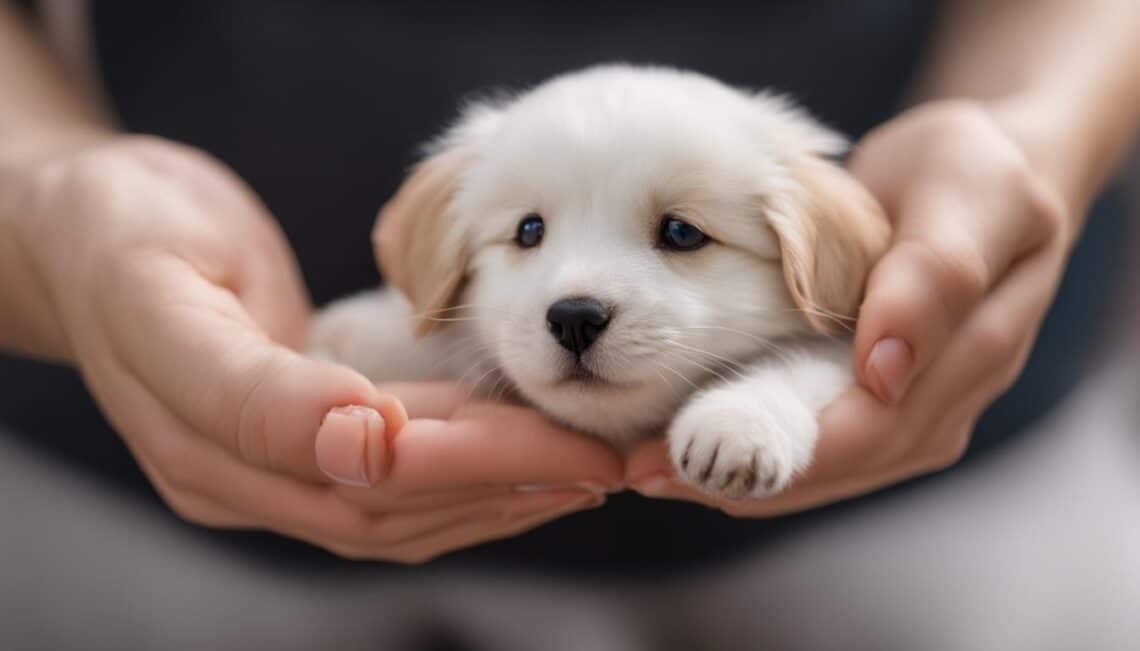
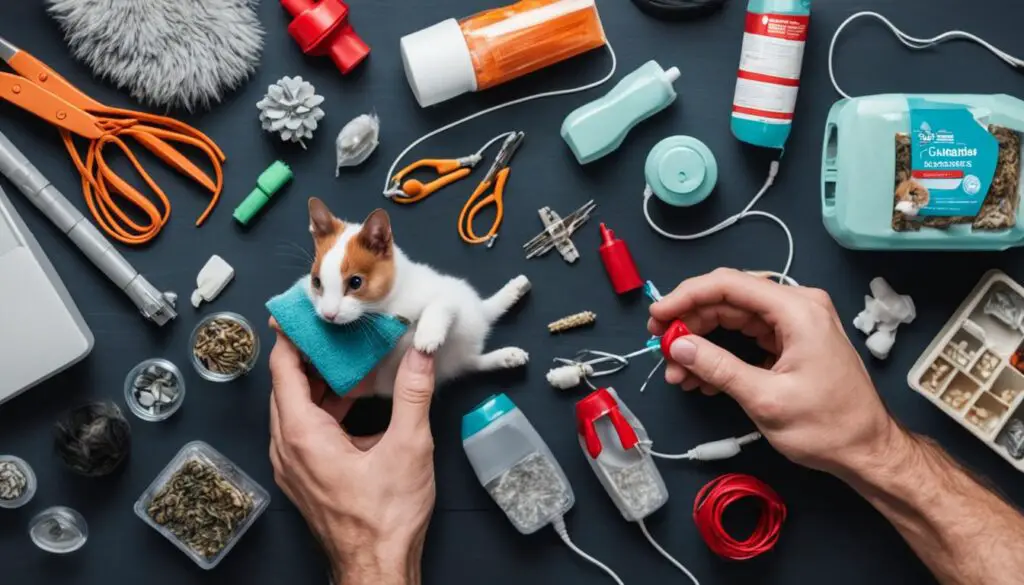
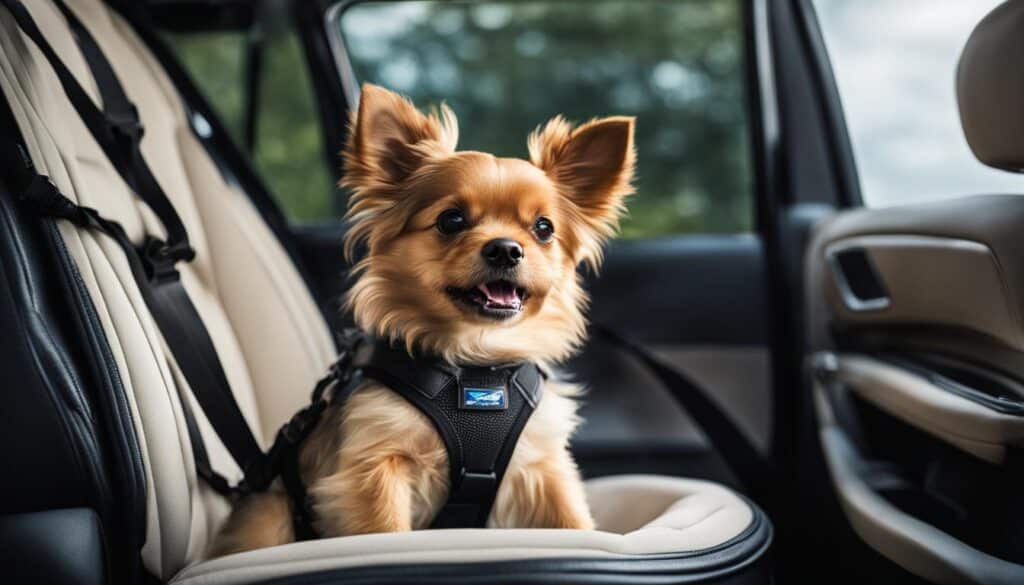
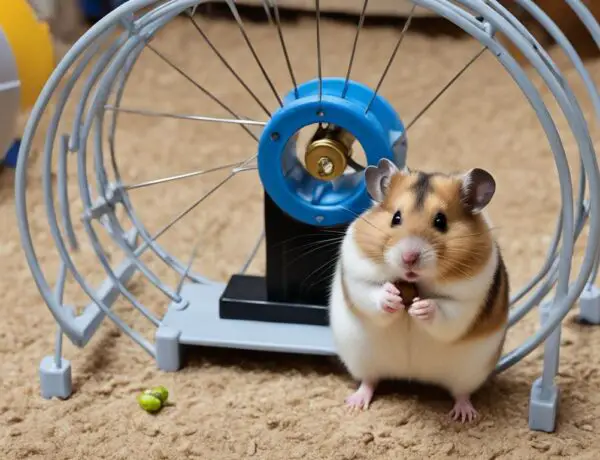
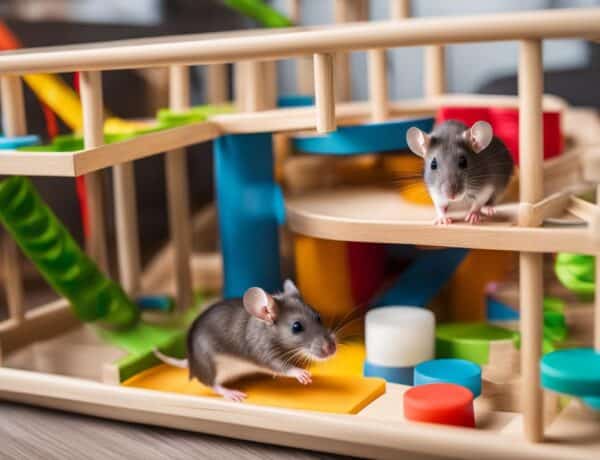
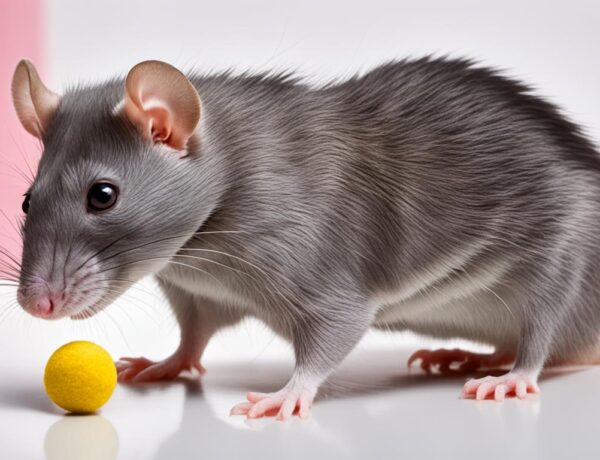
No Comments